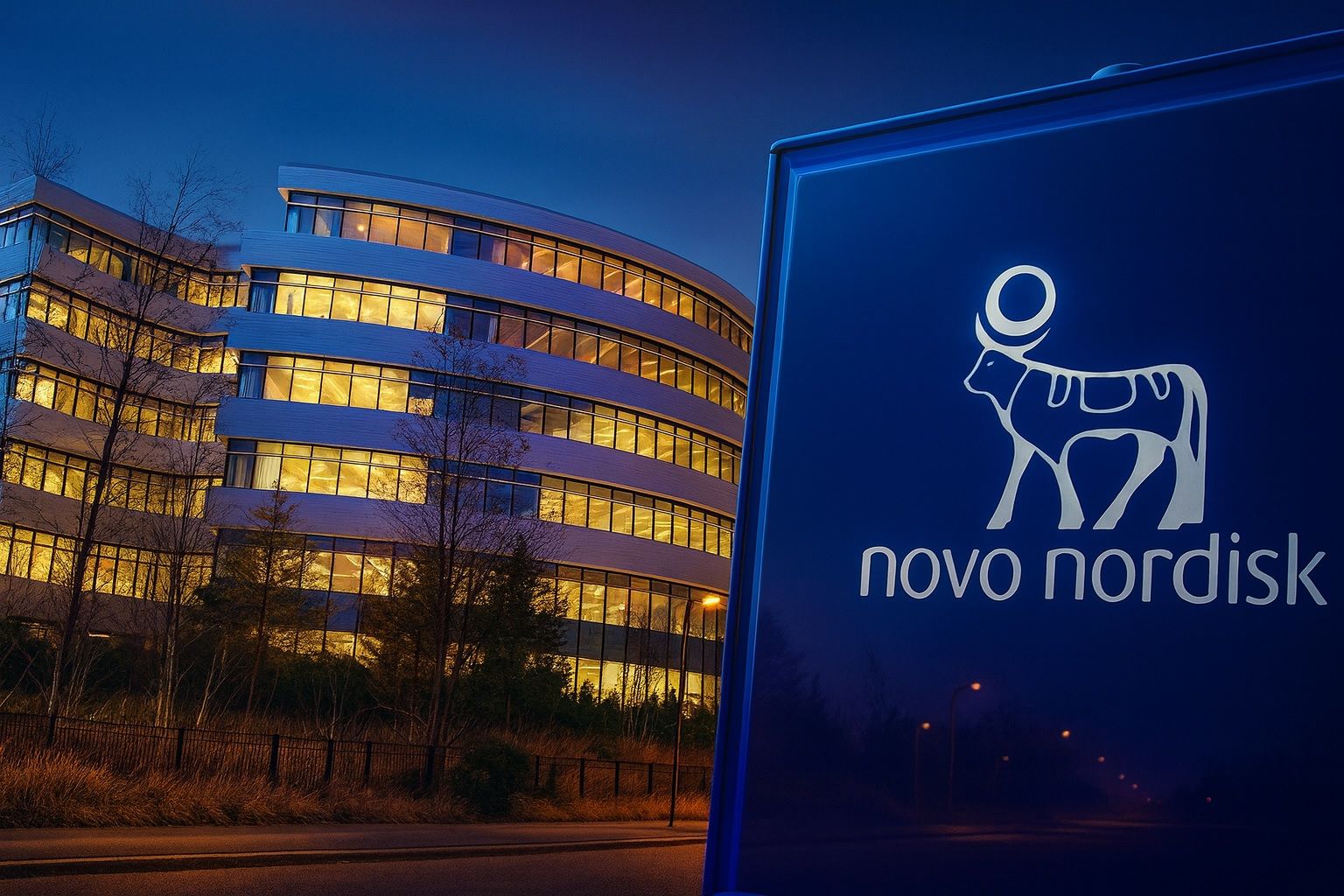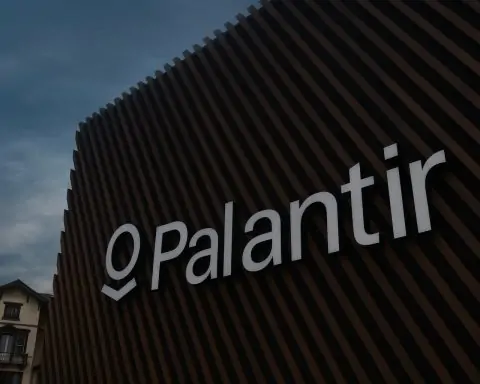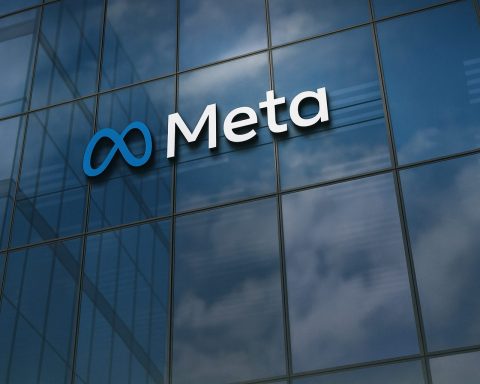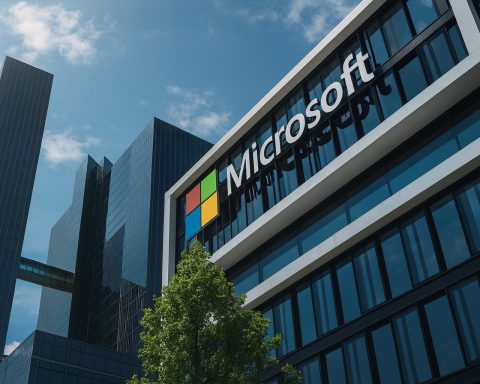- Bid War Erupts: On Oct. 30, Novo Nordisk revealed an unsolicited bid of about $8.5 billion (≈$77.75/share, including milestones) for obesity-drug developer Metsera Inc. [1]. This offer tops Pfizer’s earlier agreement (about $7.3 billion, $47.50/share + milestones). Novo’s board call this “far exceeds” Pfizer’s deal [2]. Metsera’s board deemed the Novo offer “superior,” triggering a 4-day matching window for Pfizer [3]. Pfizer blasted the move as “reckless” and warned it might “suppress competition” [4]. Novo insists it has followed all deal restrictions [5].
- Offer Details: Novo’s bid is $56.50 in cash up-front per Metsera share, plus up to $21.25 in contingent value rights if clinical and regulatory milestones are met [6]. At that price, Metsera is valued near $77.75/share (roughly $9B total) [7]. By comparison, Pfizer’s agreed deal had offered $47.50/share plus $22.50 CVRs (about $70 fully), valuing Metsera at ~$4.9B initially and $7.3B with milestones [8] [9].
- Stocks Jump: Metsera’s stock (NASDAQ: MTSR) surged ~18–22% on the news [10] [11], trading around $52/share (it had nearly doubled in 2025 ahead of the deal). By contrast, Novo Nordisk’s share price fell roughly 3%, reflecting investor caution over the price and integration risk [12]. (Novo has already lost ~45% of its value this year as Wegovy growth slowed against Lilly competition [13].)
- Next-Gen Pipeline: Metsera’s appeal is its obesity drug pipeline. Its lead drug, MET-097i, is a once-monthly GLP-1 injection (vs. Novo’s weekly Wegovy), and another program, MET-233i, is an oral amylin analogue [14]. In a mid-stage trial, MET-097i achieved an average 14.1% body-weight reduction – a result UNC Prof. John Buse called “remarkable” [15] [16]. Leerink/Liland analysts project the Metsera portfolio could hit >$5 billion in peak annual sales [17]. With the global obesity-drug market booming (~$150 billion by early 2030s [18]), acquiring Metsera’s assets gives Novo or Pfizer a head start on new therapies (especially as Lilly’s Mounjaro/Zepbound and copycat drugs erode Wegovy’s market share).
- Novo’s Strategic Pivot: Novo is in the midst of a turnaround. Its controlling Novo Nordisk Foundation recently forced out most of the board, demanding a sharper U.S. focus [19]. Former CEO Lars Rebien Sørensen will return as chair to drive change. New CEO Mike Doustdar is aggressively expanding beyond diabetes: this month Novo agreed to buy NASH biotech Akero for ~$5.2 billion and license Omeros’ rare-disease drug (OMS906) for ~$2.1B [20]. Novo also just won FDA approval for an oral semaglutide pill and is in talks with the U.S. on pricing (under White House pressure to cut Ozempic’s cost) [21]. Danish shareholders openly urged management to “be more aggressive and ambitious” after years of timid strategy [22]. As one Danish columnist noted, Novo’s move shows it “needs to run a risk… to preserve [past] significant investments” and is now “really aggressive” in flexing its muscles [23].
- Analyst Take & Forecasts: Wall Street is split. Novo’s consensus 12-month target is around DKK 608 (≈$80), implying ~50% upside [24]. But Morgan Stanley is far more conservative (target DKK 350) citing peaking GLP-1 demand [25]. Broadly, rating consensus is a “moderate buy.” Bernstein Research kept an “Outperform” (PT DKK 540), saying Metsera “fits well” with Novo [26]. Deutsche Bank left a “Buy” (PT DKK 600) but called the bid a surprise that raises “more important questions” about Novo’s confidence in its own obesity products [27]. Novo’s shares now trade well below those targets (around DKK 327 as of Oct 30), so upside potential exists if deals and pricing play out. Investors will be watching closely: the Metsera board’s final decision, upcoming drug trial readouts, and Q3 earnings could trigger big moves in both Novo and Pfizer stock.
Bidding War Ignites for Obesity Biotech
Novo’s takeover push marks a sudden escalation in the weight-loss drug wars. The Danish company – maker of Wegovy and Ozempic – broke ranks on Oct. 30 by notifying Metsera’s board of its superior bid [28]. This move comes just days after the foundation coup at Novo (demanding faster U.S. growth) [29], signaling a full-aggression strategy. Metsera confirmed the offer is “superior” to Pfizer’s, giving Pfizer four business days to respond [30]. Pfizer CEO Albert Bourla has publicly talked up this obesity play, so Pfizer is not likely to concede easily. Unsurprisingly, Pfizer immediately denounced Novo’s counterbid as “reckless” and vowed to defend the original agreement [31]. Observers note Novo carefully included the contingent CVRs and claims it adhered to the “no raid” clause in its agreement with Pfizer [32], so the fight may end up in arbitration if no private settlement is reached.
Metsera’s Pipeline: Why It’s a Gold Mine
Metsera specializes in obesity therapeutics beyond the current GLP-1 trend. Its lead drug MET-097i is designed for once-monthly dosing – potentially boosting convenience and tolerability [33]. A Phase 2b trial of MET-097i showed up to ~14.1% weight loss, results that experts (like UNC’s John Buse) have hailed as “remarkable” [34] [35]. Its second program, MET-233i, is an oral agent mimicking the hormone amylin, a different weight-control pathway [36]. None of these drugs are approved yet, but they represent next-generation obesity therapies. Novo (and Pfizer) are essentially paying a premium to lock down these candidates years ahead of Lilly’s or others’ comparable products. Importantly, analysts estimate Metsera’s pipeline could eventually drive over $5 billion in annual sales [37]. That calculation factors into the bidding: at a $150B global obesity market outlook [38], even a few percent market share for a novel treatment is worth billions. Winning Metsera would give Novo an edge against Lilly’s late-stage assets (tirzepatide) and diversify its portfolio as older drugs near patent expiry.
Stocks React and Analysts Weigh In
The bids sparked immediate market moves. Metsera’s stock (NASDAQ: MTSR) jumped roughly 20% intraday on Oct. 30 [39] [40]. (It had already climbed ~100% year-to-date ahead of the original Pfizer deal.) Novo’s own stock (Copenhagen ticker NOVO-B, NYSE:NVO) dipped about 3% on the news [41]. Investors were concerned Novo is paying a steep price; NVO shares have been pressured in 2025 by slowing Wegovy volumes and U.S. price debates. (Notably, Pfizer’s stock barely budged – investors saw this as a Pfizer-Novo story.) Going forward, analysts expect volatility. The current Wall Street consensus 12-month price target for NVO is ~DKK 608 (≈$80) [42], about 50% above today’s level. However, forecasts range widely: Morgan Stanley’s target is only ~DKK 350, citing peak GLP-1 demand [43]. Among brokers covering Novo in Europe, ratings are mostly positive: Bernstein Research left an “Outperform” on the stock with PT DKK 540 [44], arguing Metsera will complement Novo’s diabetes-heavy mix. Deutsche Bank also maintained “Buy” (PT DKK 600), though its Emmanuel Papadakis admitted surprise – the bid “raises questions” about whether Novo trusts its own pipeline [45]. In sum, the street’s view is cautiously optimistic overall, but much hinges on Metsera’s board decision and whether Novo can integrate these assets seamlessly.
Novo’s Bold Strategy and Industry Context
Novo’s raid on Metsera reflects a broader strategic reset. The company’s owners have explicitly pushed management to act – last week a shareholders’ committee said “we asked [Novo] to become more aggressive and ambitious” [46]. Under the foundation’s plan, new board members with U.S. and consumer-health expertise will join soon. CEO Doustdar has clearly heard the message: after publicly rebuking the old guard for moving too slowly [47], he has slammed on the accelerator. Besides Metsera, Novo recently announced two major U.S. deals: buying Akero Therapeutics (NASH drugs) for up to ~$5.2B, and licensing Omeros’ OMS906 (immune/kidney disease) for up to ~$2.1B [48]. These moves diversify Novo’s pipeline beyond diabetes/obesity. CEO Doustdar himself said the Metsera bid reflects Novo’s “relentless ambition” to accelerate growth [49].
Novo is also under pressure on pricing and regulation. It just obtained FDA approval for oral semaglutide (heart disease indication), but faces U.S. government pressure to cut GLP-1 prices (President Trump vowed to cap Ozempic at ~$150/month [50], a comment that knocked ~6% off NVO shares on Oct. 17). With copycat semaglutide products and competitors like Lilly aggressively cutting prices, Novo must fill its pipeline fast. As one investment fund manager noted, Novo’s step shows a “desire and wish to win” this drug race [51]. Yet the foundation’s purge of the board underscores the urgency: it was described as a “structural governance reset” to align leadership with this new, U.S.-centric strategy [52].
Expert Commentary and Outlook
Industry analysts are watching closely. Bellevue Asset Mgt.’s Paul Major said Metsera’s once-monthly GLP-1 is “a point of differentiation” that Novo lacks, and snapping it up helps Novo “better compete with Lilly” [53]. Union Investment’s Markus Manns agrees the deal would strengthen Novo’s obesity position – “assuming the products can be developed successfully” – but he also warned of “significant antitrust concerns” raised by the bid [54] [55]. (In fact, Novo’s takeover of a nascent U.S. rival has drawn scrutiny; regulators may examine the deal closely.) Danish analysts stress the tone has shifted: a fintech blogger noted Novo’s moves are “not typical” and suggest the old board was too timid [56]. Jyske Bank’s Henrik Laustsen cautioned Novo is paying “quite a high price” for Metsera’s pipeline [57], albeit buying it away from other suitors. Media commentators see this as a “bold” gambit: Danish columnist Thomas Henriksen said Novo must “run a risk” to preserve its past investments, implying that drastic action was needed to stave off future declines [58].
Bottom line: Novo’s $9B Metsera bid signifies how heated the obesity-drug wars have become. If the Danes prevail, they’d gain cutting-edge weight-loss therapies and potentially slow Lilly’s surge. If Pfizer holds on, it secures its obesity entry on terms it negotiated. Either way, the outcome (expected in early November) will have big ripple effects. Investors will watch the Metsera board vote and upcoming trial/earnings news to gauge whether Novo’s aggressive gambit pays off and how it might re-shape the $150 billion obesity market [59] [60].
Sources: Recent news reports and market analysis [61] [62] [63] [64] [65] [66], including Reuters, Bloomberg, DPA (via Apotheke Adhoc), and TechStock² (ts2.tech). These cover the Novo–Pfizer takeover battle, Metsera’s data, stock moves, and expert commentary.
References
1. www.reuters.com, 2. www.reuters.com, 3. ts2.tech, 4. www.reuters.com, 5. www.reuters.com, 6. www.reuters.com, 7. www.reuters.com, 8. www.apotheke-adhoc.de, 9. www.reuters.com, 10. ts2.tech, 11. www.reuters.com, 12. ts2.tech, 13. ts2.tech, 14. www.reuters.com, 15. www.reuters.com, 16. ts2.tech, 17. www.reuters.com, 18. www.reuters.com, 19. www.reuters.com, 20. ts2.tech, 21. ts2.tech, 22. www.reuters.com, 23. www.reuters.com, 24. ts2.tech, 25. ts2.tech, 26. www.finanznachrichten.de, 27. www.finanznachrichten.de, 28. www.reuters.com, 29. www.reuters.com, 30. ts2.tech, 31. www.reuters.com, 32. www.reuters.com, 33. www.reuters.com, 34. www.reuters.com, 35. ts2.tech, 36. www.reuters.com, 37. www.reuters.com, 38. www.reuters.com, 39. ts2.tech, 40. www.reuters.com, 41. ts2.tech, 42. ts2.tech, 43. ts2.tech, 44. www.finanznachrichten.de, 45. www.finanznachrichten.de, 46. www.reuters.com, 47. www.reuters.com, 48. ts2.tech, 49. ts2.tech, 50. ts2.tech, 51. www.reuters.com, 52. ts2.tech, 53. www.reuters.com, 54. www.reuters.com, 55. www.reuters.com, 56. www.reuters.com, 57. www.reuters.com, 58. www.reuters.com, 59. www.reuters.com, 60. www.reuters.com, 61. www.reuters.com, 62. www.reuters.com, 63. ts2.tech, 64. ts2.tech, 65. www.finanznachrichten.de, 66. www.finanznachrichten.de







